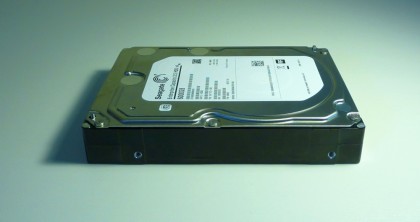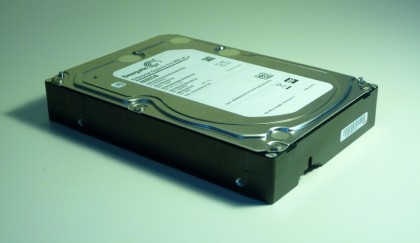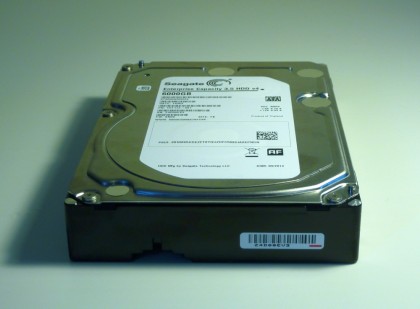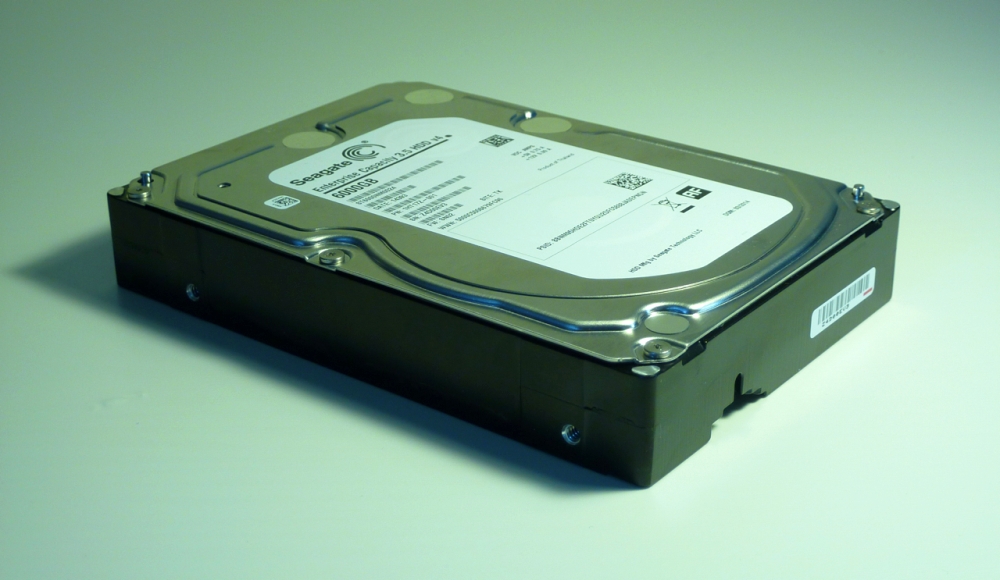Why you can trust TechRadar
Performance
I ran my usual storage benchmarks on the Seagate Enterprise Capacity 3.5 HDD V.4, including CrystalDiskMark, and with Windows 8 installed on the drive, ran both the standard and storage tests in PCMark08. AS SSD gives a figure for the disk access time as well.
With a small database of other drives to compare with, it's possible to see how the Seagate Enterprise Capacity 3.5 HDD V.4 compares. In CrystalDiskMark, the Seagate Enterprise Capacity 3.5 HDD V.4 achieved sequential read speeds of 213 MB/s and write speeds of 212 MB/s, which are phenomenal results.
As we expected, and has been demonstrated time after time with previous generations of hard disks, improving the platter density leads to all-round performance improvements. These sequential speeds are on a par with early SSDs, and are far superior to every other single 7200 RPM hard disk we've seen.

Under the same test, a 10,000 RPM 300GB Western Digital Raptor managed 113 MB/s read speeds and 108 MB/s write speeds. Admittedly, this drive already had precious data on it, since the only one we had at hand was installed in another machine, which could have affected results.
Of course, sequential speeds are only part of the story. SSDs are faster not because they're better at reading large chunks of data, but because they're significantly quicker to access data - there are no moving parts, it's all done electronically.
With the Seagate Enterprise Capacity 3.5 HDD V.4, AS SSD reported a read access time of 11ms. In the same test, the Samsung 845 DC Evo registered as 0.033 ms, exactly 333 times faster. The Western Digital Raptor's higher spin speed resulted in an access time of 7.4ms, faster than the Seagate.

Write access times were closer. The Seagate Enterprise Capacity 3.5 HDD V.4 managed 4.16ms, while the Raptor managed 2.1ms. The performance gap between SSDs and hard disks is further illustrated by random 4K reads. In CrystalDiskMark, the Seagate Enterprise Capacity 3.5 HDD V.4 only managed 0.7 MB/s read speeds, with 1.8 MB/s write speeds.
A Samsung 850 Pro, which is a particularly high performing SSD, manages 36.9 MB/s random 4K reads and 107.32 MB/s random 4K write, under the same conditions.
But crucially, in these same tests, the Seagate Enterprise Capacity 3.5 HDD V.4 performed consistently better than the competing 6TB HGST HE6 Helium drive. The HGST only managed 164 MB/s sequential read speeds and 158 MB/s sequential write speeds, with an access time of 13ms.

In PCMark08, the Seagate gave a final score in the standard test of 3727, with a storage score of 3095. The HGST was almost identical, with 3725 in the standard test, but lower in the storage test, with 2890. As a final test, we did a quick check on the noise output of the drive.
True accurate noise testing should be conducted in a proper environment, in a sound-proofed chamber, with the fan output of the PC components measured and factored in to results. We didn't have such equipment at hand, so this is a very rough test, instead relying on the iOS app Decibel 10th for a reading using a smartphone.
While this software didn't tell us the exact noise output of the drive, it can be used to compare two drives in the same environment. Placed next to the computer, the Seagate Enterprise Capacity 3.5 HDD V.4 was a full 6 DB quieter than the HGST Helium HE6 in the same position.
